In recent years,crowd control barriers have become an essential tool for managing crowds and maintaining order in a variety of situations,from concerts and sports events to public protests and mass gatherings. However,there is still a lack of understanding regarding the performance of these barriers in simulated environments. In this article,we will explore the performance characteristics of crowd control barriers in simulated environments,with a focus on different types of barriers,their strengths and weaknesses,and best practices for their usage.
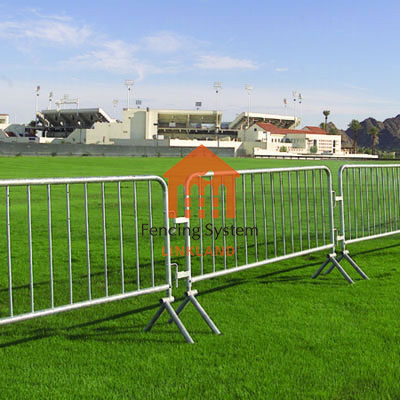
Firstly,it is important to understand the types of crowd control barriers available. The most common barriers include the static barriers,which are immovable and designed to form a fixed perimeter,and the dynamic barriers,which are mobile and can be quickly deployed in different configurations according to changing crowd patterns. Static barriers offer high visibility and a sense of permanence,while dynamic barriers allow for greater flexibility and adaptability in responding to crowd movements.
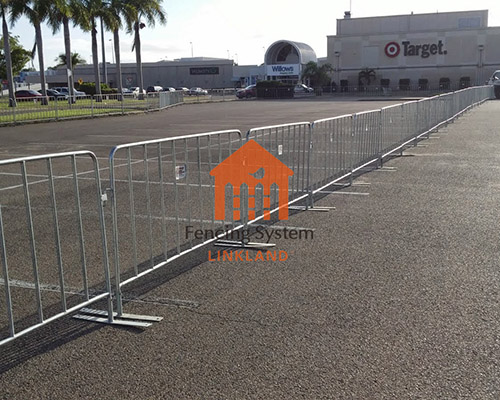

Secondly,the performance of crowd control barriers is determined by their material,design,and construction. For example,wooden fence are sturdy and difficult to move,while plastic barriers are lightweight and easy to transport. The design of the barrier can also affect its stability,with wider barriers being more stable than narrow ones. Additionally,the height and length of the barrier can impact its ability to channel and contain crowds.
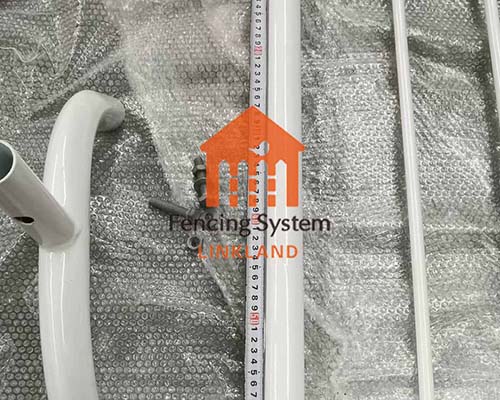
Thirdly,the effectiveness of crowd control barriers is highly dependent on their deployment strategy and usage conditions. The location,alignment,and spacing of the barriers are crucial in determining their capacity to control and contain crowds. It is important to take into account the flow of pedestrian traffic,the direction of movement,and the potential for crowd buildup when deploying barriers.
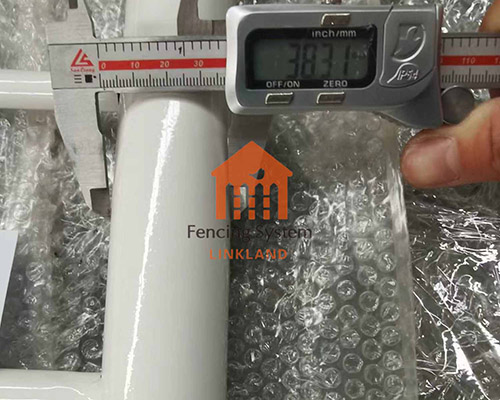
Fourthly,simulation environments can provide valuable insights into the performance of crowd control barriers. Simulations allow us to test various scenarios and configurations under controlled conditions,without the risks associated with real-world deployments. Simulations can also help us to understand how different types of barriers perform under various circumstances,and how crowd behavior is influenced by barrier design and deployment.
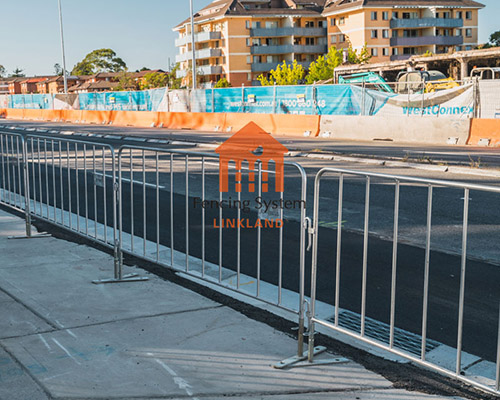
Finally,it is essential to have a clear understanding of the legal and ethical considerations associated with the use of crowd control barriers. The use of forceful barriers,such as police lines or water cannons,can lead to excessive force or even harm to protesters or members of the public. Therefore,it is crucial to follow best practices and ethical guidelines when deploying crowd control barriers,and to ensure that less forceful methods are used whenever possible.